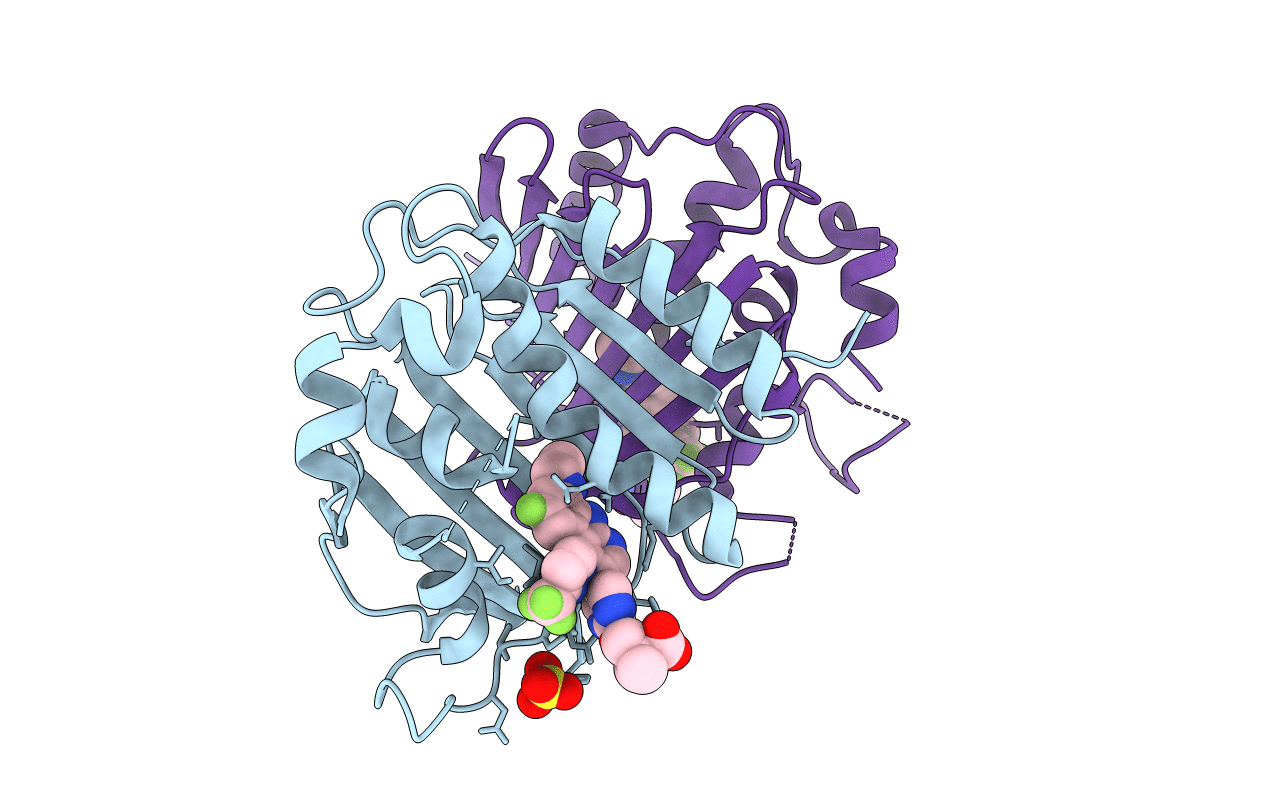
Deposition Date
2020-02-26
Release Date
2020-09-02
Last Version Date
2023-11-29
Entry Detail
PDB ID:
6M1S
Keywords:
Title:
The DNA Gyrase B ATP binding domain of PSEUDOMONAS AERUGINOSA in complex with compound 12o
Biological Source:
Source Organism:
Host Organism:
Method Details:
Experimental Method:
Resolution:
2.25 Å
R-Value Free:
0.26
R-Value Work:
0.20
R-Value Observed:
0.20
Space Group:
P 21 21 2


